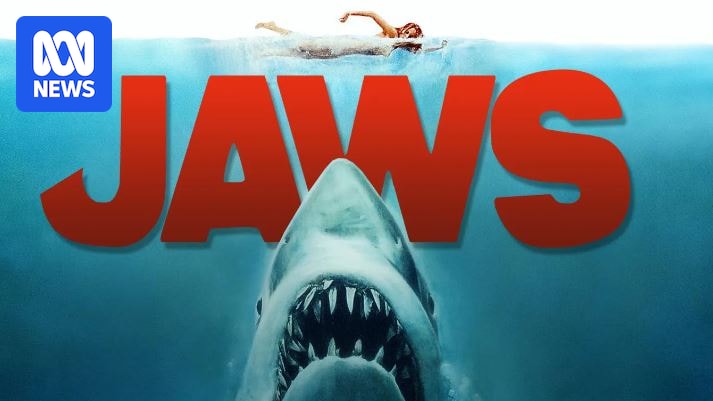
The tale of a resort town terrorized by a great white shark, Jaws, remains one of the most iconic films in cinematic history. Released in 1975, the Steven Spielberg-directed thriller has become a commercial and cultural phenomenon, continuing to resonate with audiences 50 years after its debut. Even those who haven’t seen the film are likely familiar with its ominous two-note musical motif, its iconic poster art, and the memorable line: “You’re gonna need a bigger boat.”
The film’s production was as legendary as the movie itself, plagued by challenges that included a malfunctioning mechanical shark and a shoot that went over budget and schedule. Spielberg, then a 26-year-old director, was convinced he was in over his head. “I didn’t think it had much life expectancy when I was making it,” Spielberg recalled, reflecting on the difficulties faced during production.
The Making of a Masterpiece
Despite these hurdles, Spielberg’s creative solutions, such as showing only glimpses of the shark, heightened the film’s suspense and contributed to its success. By the time the shark, affectionately named “Bruce” by the crew, finally appears on screen, the audience is too captivated to notice its artificial appearance. This creative decision turned what could have been a setback into a defining element of the film’s horror.
Los Angeles Times film critic Amy Nicholson recalls her first encounter with the film: “I was so scared I couldn’t get out of bed in the morning in case Jaws was under there.” This visceral fear, rooted in primal instincts, is a testament to the film’s enduring power.
The Birth of the Summer Blockbuster
Upon its release on June 20, 1975, Jaws quickly became a box-office sensation, aided by an unprecedented TV marketing campaign and a wide release strategy. It set the template for the modern summer blockbuster, a model that continues to influence the film industry today. The film’s impact was felt globally, including in Australia, where it resonated with the nation’s beach-going culture.
Jason Di Rosso, host of ABC Radio National’s The Screen Show, notes, “Growing up anywhere coastal in Australia, you know the ocean is both an idyll and a death trap. Spielberg’s film tapped into something dark that we recognized, not just out there, but inside us.”
Man Versus Shark: A Deeper Narrative
While Jaws may have driven audiences from the ocean, it also inadvertently contributed to the sensationalization of sharks as mindless killers. The film’s true antagonist, however, is humanity itself, portrayed through characters driven by self-interest and hubris. The most chilling moment comes not from the shark, but from Quint’s monologue about the USS Indianapolis, highlighting mankind’s capacity for cruelty.
“Jaws has mature layers that set it apart from other monster movies,” says Nicholson. “It treats the audience like grown-ups, not kill-happy popcorn-munchers who just want to cheer for some blood.”
Enduring Legacy and Anniversary Celebrations
As Jaws celebrates its 50th anniversary, it returns to cinemas, ready to captivate a new generation. Critics like Tiia Kelly and Jamie Tram highlight the film’s innovative use of framing, editing, and sound to build tension, proving its timelessness in the realm of blockbuster filmmaking.
Kate Fitzpatrick, senior programmer at the Melbourne International Film Festival, shares her enduring fear of the film: “I love that even though I have watched it so many times I still get scared.” This sentiment echoes Spielberg’s own reflections on the film’s lasting impact, as he revisited it on its anniversary, finding a newfound appreciation for the work that once haunted him.
Jaws is in cinemas from August 28 in celebration of its 50th anniversary, a testament to its enduring power to both entertain and terrify audiences worldwide.







